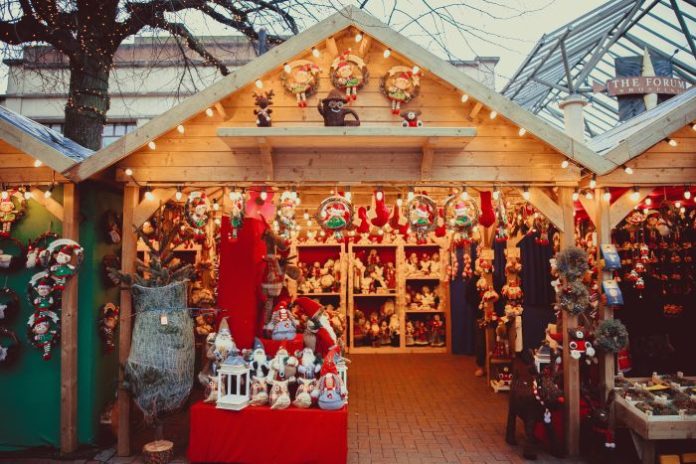
Data collected by the European Sustainable Mobility Campaign shows that urban policies that reduce car use in general or specifically aim to reduce the use of the most polluting vehicles – restricted traffic zones and low-emission zones, respectively (1) – can increase Christmas sales. In Madrid, for example, overall spending increased by 8.6% in the area covered by the low-emission zone, compared to +3.3% for the city as a whole during Christmas 2018.
Contrary to what shopkeepers think, customers who walk, cycle or use public transport tend to spend more than motorists. In Berlin, a recent survey found that shoppers who used active or public transport contributed 91% of total weekly expenditure (walking: 61%, public transport: 16.5%, cycling: 13.5%).
Claudio Magliulo, Italian coordinator of the Clean Cities campaign, commented: “Policies that discourage car use can be a boon for the local economy. Cities where people pollute less and walk, cycle or use public transport more are more popular places to live and where businesses thrive. A triple win for clean air, climate and local businesses.
There are currently more than 250 Low Emission Zones (LEZs) in operation across Europe. Data analysed by the Clean Cities campaign show that when such restrictive policies are combined with strong investments in active and shared mobility, the results are even more positive. A study in Bern showed that converting car parking spaces into bicycle parking spaces led to a 13% increase in retail expenditure per square metre of parking space.
“The experience of small and medium-sized Italian cities – where historic town centres have been preserved for people walking or cycling and local commerce has been promoted – must guide us to take back possession of urban spaces in large cities too, and to do so more and more for the benefit of citizens, commerce and the city itself. Anyone who has to choose where to shop prefers to walk in pedestrian areas or areas with few cars rather than in areas dense with traffic, pollution and noise. Unfortunately, as data from our latest monitoring campaign show, pollution in the shopping streets of Milan, Rome and Naples reaches very high concentrations that are harmful to health. The data presented today show that it is time to change course,” explained Anna Gerometta, president of Cittadini per l’aria.
The expansion of low-emission zones has not been halted by the pandemic, quite the opposite. As of 1 January in Brussels, all Euro 4 cars within the city’s low-emission zone will be phased out (2). Spain and France have also set the end of 2022 and 2024 as deadlines for all major cities to introduce low-emission zones (3).
Italy, on the other hand, is lagging far behind: despite the establishment over the years of limited traffic zones in many city centres, almost none of these also impose restrictions on the circulation of the most polluting vehicles. Cities such as Milan, where the Move-In service allows polluting vehicles to circulate if they purchase an annual pass, and Turin, where the limited traffic zone is still suspended until the state of emergency continues, can and must be more courageous.
Italy is still subject to several European infringement procedures for poor air quality in our cities. A recent analysis by the European Environment Agency (EEA) confirmed that in 2019 there were almost 64,000 premature deaths in Italy due to the main pollutants: nitrogen dioxide, PM2.5 and ozone. About one in six Europeans who died prematurely due to air pollution was Italian. According to the EEA analysis, if the WHO guidelines on PM2.5 alone had been respected in Italy, 40,000 lives would have been saved.



































